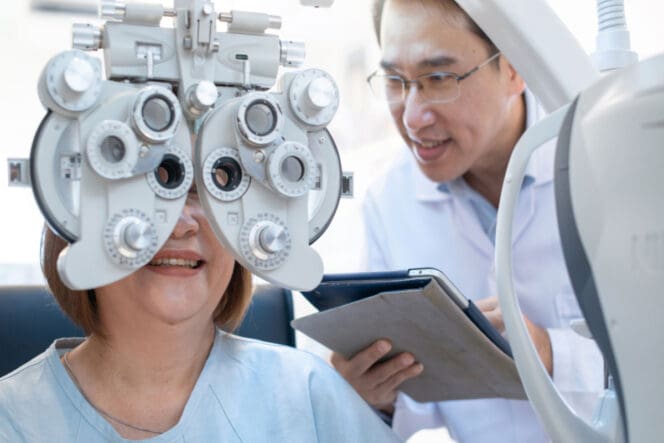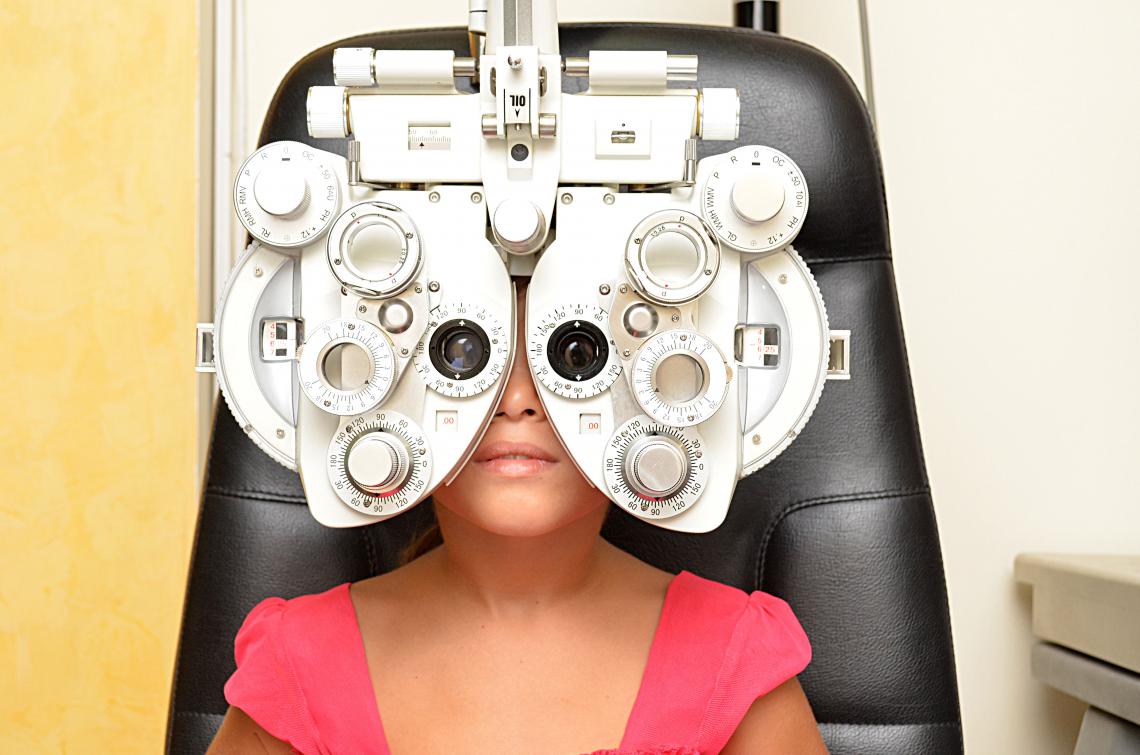Check Out Advanced Services at Opticore Optometry for Eye Health
Check Out Advanced Services at Opticore Optometry for Eye Health
Blog Article
Exploring the most up to date Technical Improvements in Optometry and What They Mean for Eye Doctors
From the accuracy of Optical Coherence Tomography to the nuanced understandings supplied by AI-driven diagnostic devices, these advancements are setting new standards in patient evaluation and therapy. As these developments penetrate the method, optometrists are faced with the challenge of embracing these tools to enhance individual end results.
Technologies in Diagnostic Equipment
Advancing the area of optometry, innovations in diagnostic devices have actually changed the way eye treatment professionals examine and detect ocular problems and visual impairments. The past decade has observed significant technical innovations, allowing more accurate and comprehensive evaluations.
One more trick innovation is the intro of innovative corneal topography systems, which map the surface area curvature of the cornea with accuracy. These tools are specifically beneficial for fitting get in touch with lenses and diagnosing corneal conditions. Moreover, electronic retinal imaging has transformed standard ophthalmoscopy, using thorough, breathtaking views of the retina that facilitate thorough aesthetic evaluations.
The development of wavefront aberrometry has actually also been crucial, allowing the analysis of refractive errors with unrivaled precision (Eye Doctor). This technology helps in personalizing restorative lenses and enhancing surgical outcomes for refractive surgical treatments. Jointly, these diagnostic developments equip eye doctors to deliver superior patient treatment, ensuring early treatment and tailored therapy methods, ultimately enhancing aesthetic wellness outcomes
AI in Patient Management
Building on the foundation of innovative analysis tools, the unification of artificial intelligence (AI) in person monitoring represents a transformative leap for optometry. AI systems are progressively used to enhance effectiveness, precision, and personalization in person treatment. By assessing huge amounts of information, AI can identify patterns and predict potential ocular conditions, making it possible for optometrists to customize treatments more efficiently. This capacity is essential in taking care of persistent eye conditions such as glaucoma and diabetic person retinopathy, where very early detection and constant tracking are crucial.
Moreover, AI-driven platforms assist in structured person communications and management procedures. Automated scheduling, digital examinations, and individualized follow-up strategies not just boost patient complete satisfaction but additionally enhance time monitoring for experts. These systems can triage individuals based upon the urgency of their problems, making sure that those in vital need get punctual attention.
In addition, AI improves decision-making by offering eye doctors with evidence-based suggestions and therapy paths. By integrating data from digital health and wellness records, AI devices offer insights that notify professional decisions, lowering the risk of mistakes and enhancing individual outcomes. As AI proceeds to develop, its function in person monitoring will likely broaden, reshaping the landscape of optometric treatment.
Advances in Retinal Imaging
In the realm of optometry, retinal imaging has actually experienced impressive technological advancements that are enhancing analysis abilities and individual care. Technologies such as Optical Comprehensibility Tomography (OCT) and fundus digital photography have actually reinvented how optometrists analyze the retina and visualize.
Enhanced imaging methods like OCT angiography are more refining analysis accuracy. This non-invasive method maps blood flow in the retina, using critical insights right into vascular health and wellness without the demand for color shots. Furthermore, adaptive optics innovation is being integrated into retinal imaging systems to deal with ocular aberrations, supplying extraordinary picture clearness. Such improvements help with the identification of min retinal modifications that can symbolize condition progression.
Moreover, innovations in expert system are boosting retinal imaging by enabling computerized analysis of huge datasets. These systems help eye doctors in recognizing patterns a sign of pathology, consequently improving diagnostic accuracy and effectiveness. Jointly, these developments are transforming retinal imaging right into a foundation of modern-day eye care, enhancing outcomes and expanding therapeutic possibilities.
Teleoptometry's Expanding Role
Teleoptometry is significantly becoming an important part of eye treatment, driven by developments in data and diagnostic tools. As optometry accepts digital transformation, teleoptometry promotes remote assessments, permitting optometrists to prolong their services past typical limits. This is particularly beneficial in rural and underserved locations where accessibility to specialized eye care is often limited. By leveraging high-resolution video conferencing and progressed retinal imaging, optometrists can perform extensive eye examinations from afar, ensuring prompt diagnosis and therapy.
The integration of synthetic intelligence (AI) more boosts teleoptometry, allowing the evaluation of visual data and assisting in the detection of eye problems such as glaucoma and diabetic person retinopathy. AI-powered algorithms can rapidly analyze complicated imaging information, giving optometrists with useful understandings that strengthen scientific decision-making.
Furthermore, teleoptometry supports continuity of care via seamless assimilation with electronic wellness records (EHRs), permitting optometrists to preserve detailed person histories. This guarantees that people obtain individualized and constant care even when consulting with different specialists.
Despite these advantages, difficulties continue to be, consisting of making certain data protection and managing patient assumptions. Teleoptometry represents a considerable stride in the direction of even more obtainable, efficient, and patient-centered eye care. As modern technology advances, its function is poised to broaden better.

Future Fads in Eye Treatment
A myriad web of cutting-edge patterns is set to improve the future of eye care, driven by technical improvements and the advancing demands of individuals. One significant pattern is the assimilation of synthetic intelligence (AI) in diagnostics, which guarantees to improve the accuracy and performance of eye assessments. AI formulas can evaluate vast amounts of data from retinal photos, possibly spotting problems like diabetic person retinopathy and glaucoma earlier than standard techniques.
In addition, tailored medication is obtaining grip in optometry, with genetic testing educating tailored therapy strategies. This strategy aims to maximize patient end results anchor by customizing treatments to private hereditary profiles. Wearable innovation, such as smart contact lenses, is also imminent, providing real-time monitoring of intraocular pressure or sugar degrees, hence giving constant understandings into systemic and eye health and wellness.
The adoption of enhanced reality (AR) and online truth (VR) in training and person education and learning is an additional arising trend. These technologies offer immersive experiences that can boost understanding and abilities both for optometrists and patients. As these patterns advance, optometrists should stay abreast of technological developments to supply innovative website link care, guaranteeing enhanced client end results and fulfillment in the vibrant landscape of eye care.
Final Thought

Jointly, these diagnostic improvements encourage optometrists to supply remarkable person care, guaranteeing early intervention and customized treatment strategies, ultimately boosting visual health outcomes.

As these innovations proceed to evolve, optometrists have to adapt and include them into method, inevitably maximizing process performance and elevating the standard of eye care supplied to clients.
Report this page